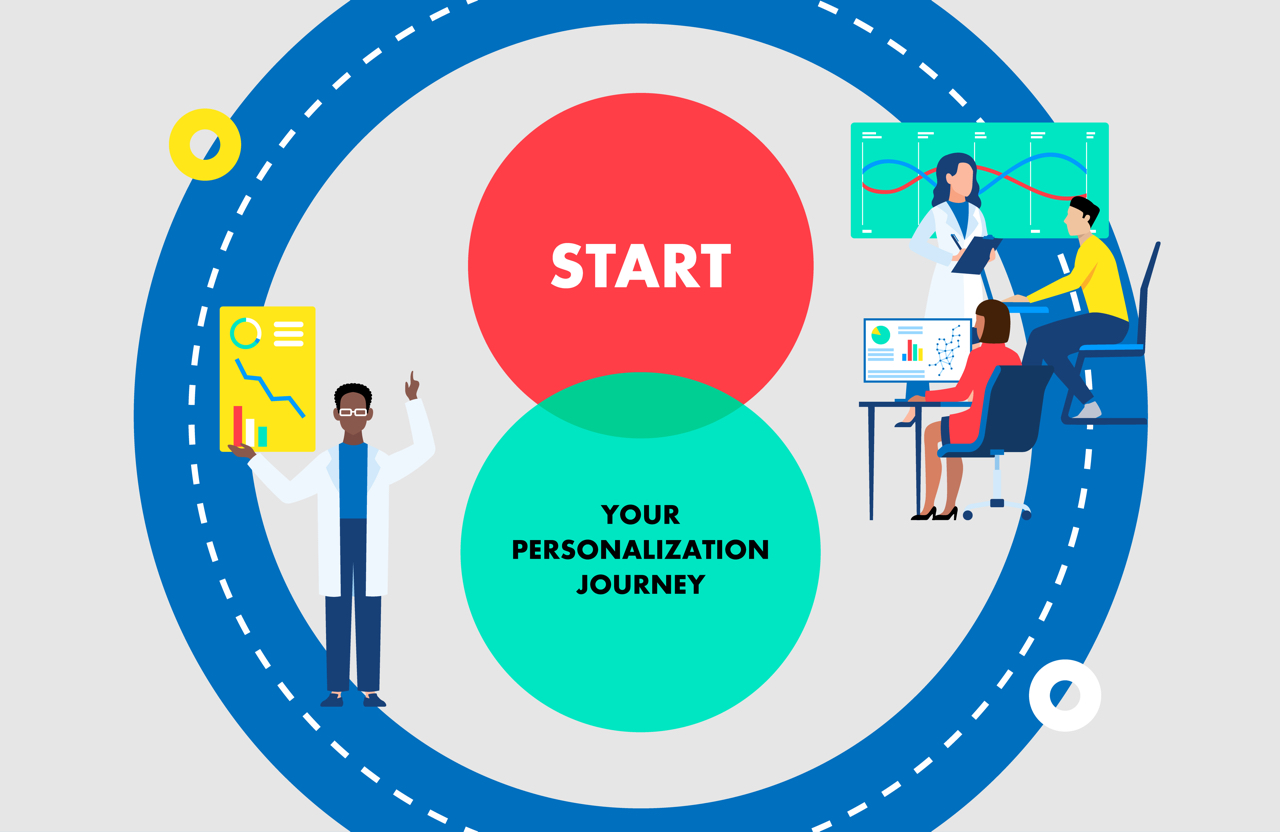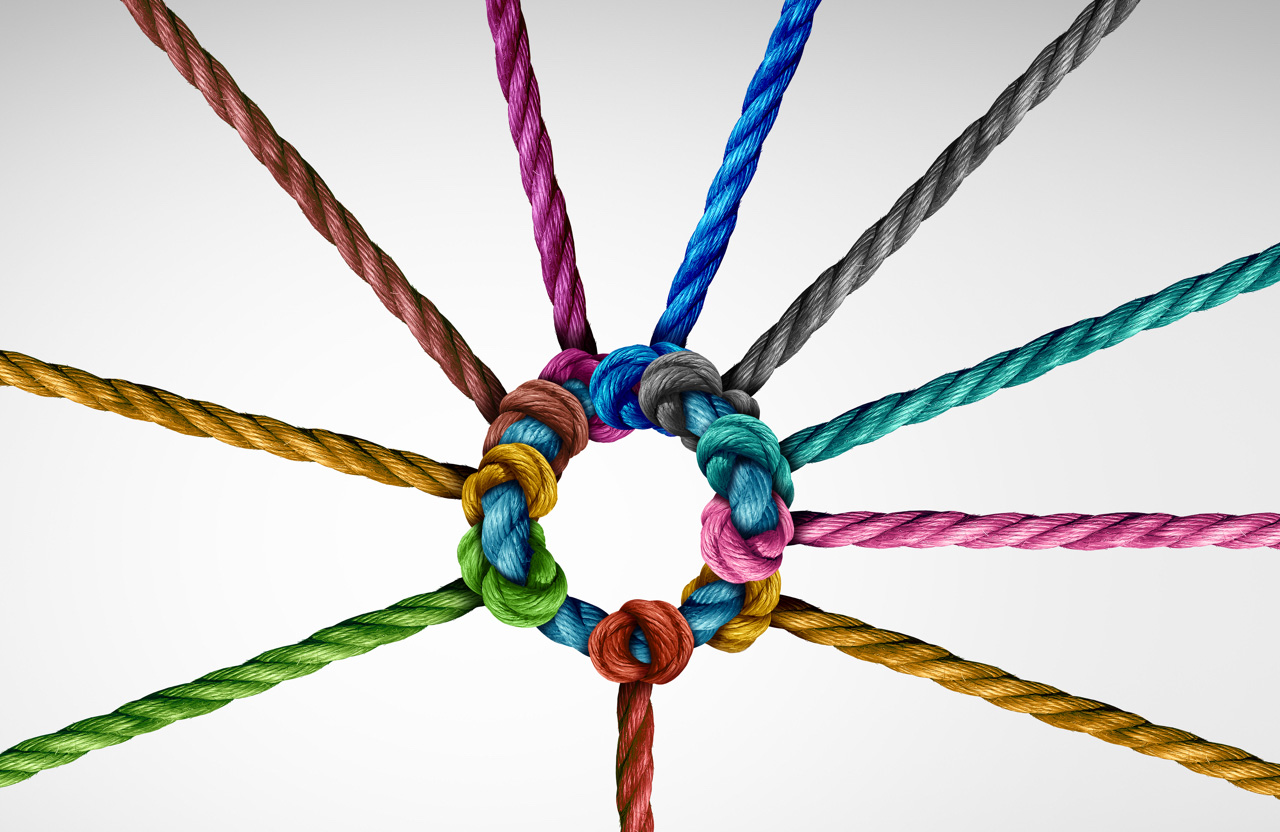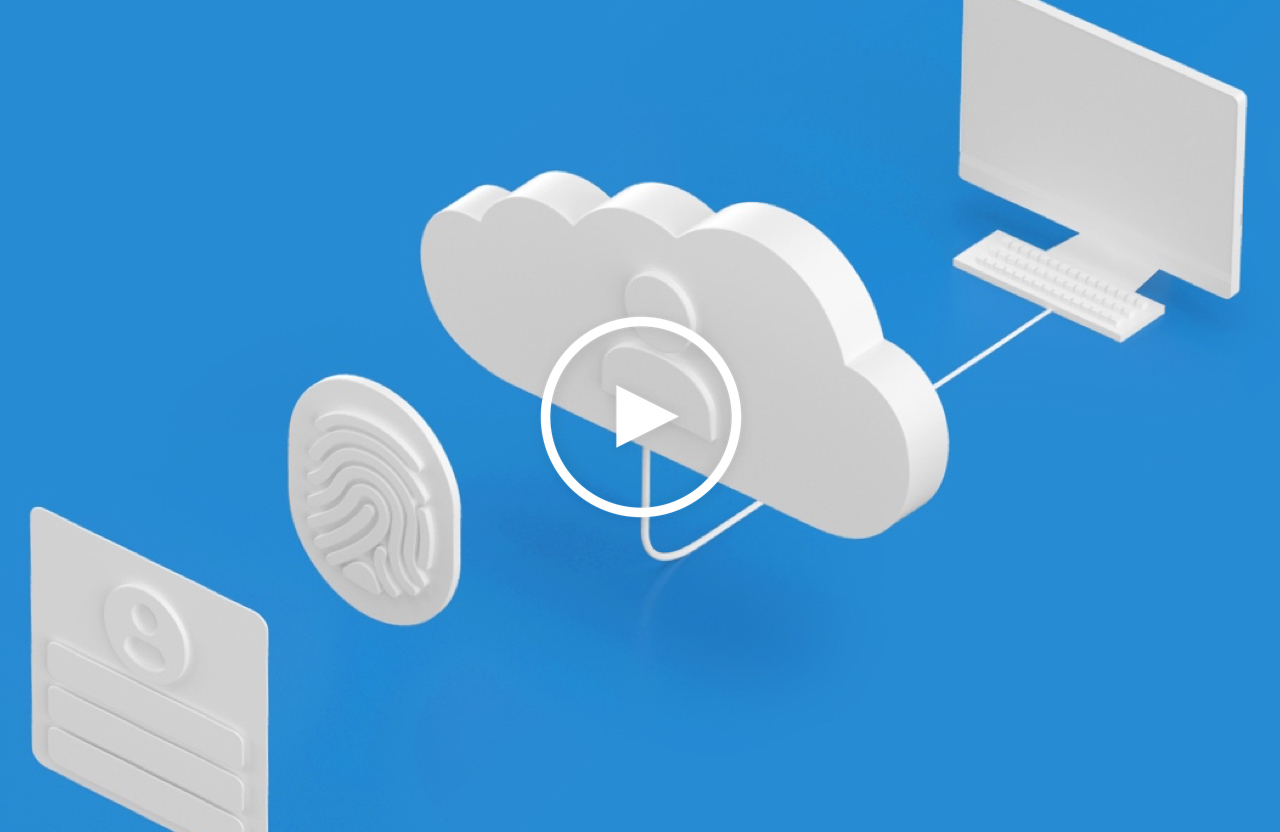What issue can we solve for you?
Type in your prompt above or try one of these suggestions
Suggested Prompt



Perspective
With the pandemic offering businesses an opportunity to collect more data than ever before — how can organizations optimize the “value exchange” between themselves and customers open to sharing data?
With the pandemic offering businesses an opportunity to collect more data than ever before — how can organizations optimize the “value exchange” between themselves and customers open to sharing data?
The worldwide outbreak of COVID-19 has led to unprecedented challenges for the majority of people and organizations—but with challenge often comes opportunity. One such opportunity for business has been the rapid changes in consumer behaviour towards online shopping and their willingness to explore digital channels on a scale never before witnessed. This has given organizations the occasion to amass “lakes” of data and the opportunity to learn more about their customers and their preferences than ever before.
So, what then is the value exchange—i.e., what do customers expect in return for sharing so much personal information and equally, how can organizations ensure that they not only collect data safely but extract value from it? The answer is transparency around how consumers’ data will be collected and used - the solution to this is a high performing customer CDP.
Let’s explore the first half of the value exchange—what do customers expect in return for sharing their personal information?
There are a number of considerations to this question. Firstly, we know consumers need assurances that their data is being stored safely and securely. In the recent “Global Data Collection and Consent Survey”, from Publicis Sapient and IPSOS, which looked at consumer sentiment on data privacy and the use of personal data, it became clear that uninformed consumers (which in this instance are the majority) know very little about what data companies collect and hold, how long they hold it for, and what they plan to do with it.

It also showed that these consumers, who tend to be younger, higher-educated and from higher-income households, are more trusting of organizations across the board —and have stronger brand alignment. This suggests that more communication and education is needed to achieve the same levels of data awareness for those who are either older, less affluent or less educated—so that they understand there is value for them in sharing their data.
The best way organizations can handle this hurdle is by rewarding, and being seen to reward, those customers who place their trust in them. Savvy customers are going to want something in return for giving their trust—and it is incumbent upon organizations that they do not let them down and break that trust. If a person is prepared to give up their first party data: such as age, gender, email address, preferences, shoe size (yes really), and a lot more besides, then they are going to expect some level of personalization from that organization. If they tell XYZ car company they are not interested in SUV’s and only want to hear about small electric and hybrid vehicles, then don’t send them details on your latest gas guzzling 4x4! They want to feel that you take notice of the information they share and act upon it—just like you are starting out on a relationship and a customer journey, together.
At the same time, it is important for customers and organizations to know the risks of falling fowl of data privacy laws. In the UK especially, GDPR is very clear that the responsibility for data privacy and data security sits with the organization—and it is incumbent upon them to ensure data is stored securely. The biggest risk and fear (for consumers and organizations alike) is of course, a breach in security. In these situations, where data is found to have been handled and stored with inadequate security measures, organizations face very large fines in relation to the size of the breach and the size of the organization. This is in of itself a huge incentive for organizations to take adequate measures—and for consumers to take comfort that their information is viewed as a very protected asset.
Hence for a whole variety of reasons—from ensuring consumers are aware their data is being collected, to welcoming them into a mutually beneficial journey of discovery—relevant and timely communications are essential. In the same way that we all love to talk about the organization who “got it wrong” people also love to share good stories too, about organizations who “got it right.” Only recently a colleague told me how delighted she had been with the personalized offers she had received from ASOS over Black Friday and Cyber Monday sales, and also about which companies had spammed her with irrelevant mail shots! Getting it right will make a big difference.
Returning to our value exchange—if we know what customers expect in return for sharing their personal information, how can organizations ensure that they not only collect data safely but—and it is a big but—extract the value from it. The problem many companies face is data being collected across multiple touch points on the customer journey, so it is difficult to extract value from these disparate sources. The key to this is a Single Source of Truth for each consumer, which is the strategic goal of a CDP.
A well-executed Customer Data Platform (CDP) will help resolve the issues of siloed data by unifying data and building a “single source of truth” of any given customer. It uses technology to knock down data silos and pull information from multiple sites within a single organization to create a single, unified profile of each customer. A good CDP solution achieves this by utilizing master data management and machine learning to understand more about how to build profiles on individuals that are relevant to the business—using algorithms to pull information from huge volumes of data and find a match. It can then construct a relevant master data set. For example, if the same person connects with an organization via their website, or over an email and uses different email addresses, algorithms can detect that a name and address are the same—hence the records can be pulled into one single profile. CDP solutions can also be set to determine what is of most value to different sectors and organizations, for example, the information most relevant to a shirt retailer (shirt style, sizing, colour preferences, etc.) will be different to what’s relevant to an organization like ticket master, for example (e.g., preferred bands, venues, location, etc.)
In today’s regulatory environment, a CDP is not just a nice to have, in the UK, under GDPR, customers have the right to say, “send me all of the information you are holding on me...” (well, those that know about GDPR can), and it is incumbent upon the organization to comply. For regulated industries, such as healthcare, the government can also ask to audit the data organizations are holding on the public. A CDP can make this information quickly accessible and ready to share.

If my preferences tell an organization that I prefer WhatsApp to Email, then savvy organizations will use technology such as chatbots to engage me in a conversation, until it reaches a stage where a person steps in to take over. Although with current advances in chatbots, many people cannot tell they are in conversation with a machine.
So, there we have it. There is evidence a strong and dependent value exchange exists between consumers and businesses in relation to the sharing and collection of data. However, the true value can only be realized for businesses who invest in their customer data platform—and create a golden record or “single source of truth” for each customer.
If you would like to learn more about how Publicis Sapient and Salesforce can help you to act like a digital native, and get better at attaining value from your data, please come and talk to us.
Related Reading
-
![Brands that achieve personalization are winning]()
Insight
Brands that achieve personalization are winning
Publicis Sapient and Salesforce are working together to support clients on an end-to-end journey to deliver real-time, personalized experiences at scale.
-
![Colorful ropes tied togather]()
Insight
CDP: Getting From Software To Solution
Perspectives on Customer Data Platforms, personalization and Evergage.
-
![CDP Virtual Lab]()
Video
Accelerate with CDP Virtual Lab
Our CDP Virtual Lab is building a better future for companies through outcome-driven planning. Learn how our Lab is giving companies a clear path to change.







